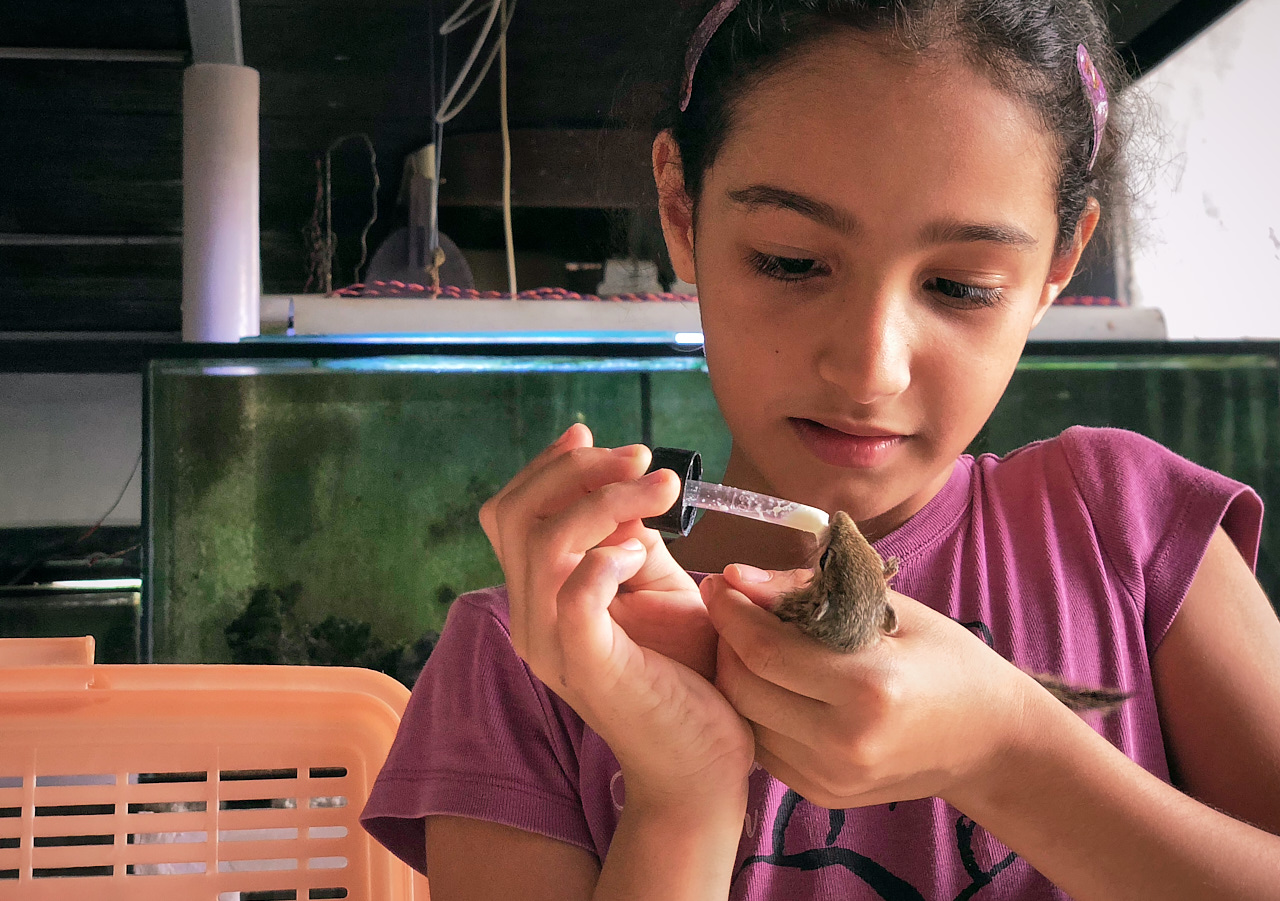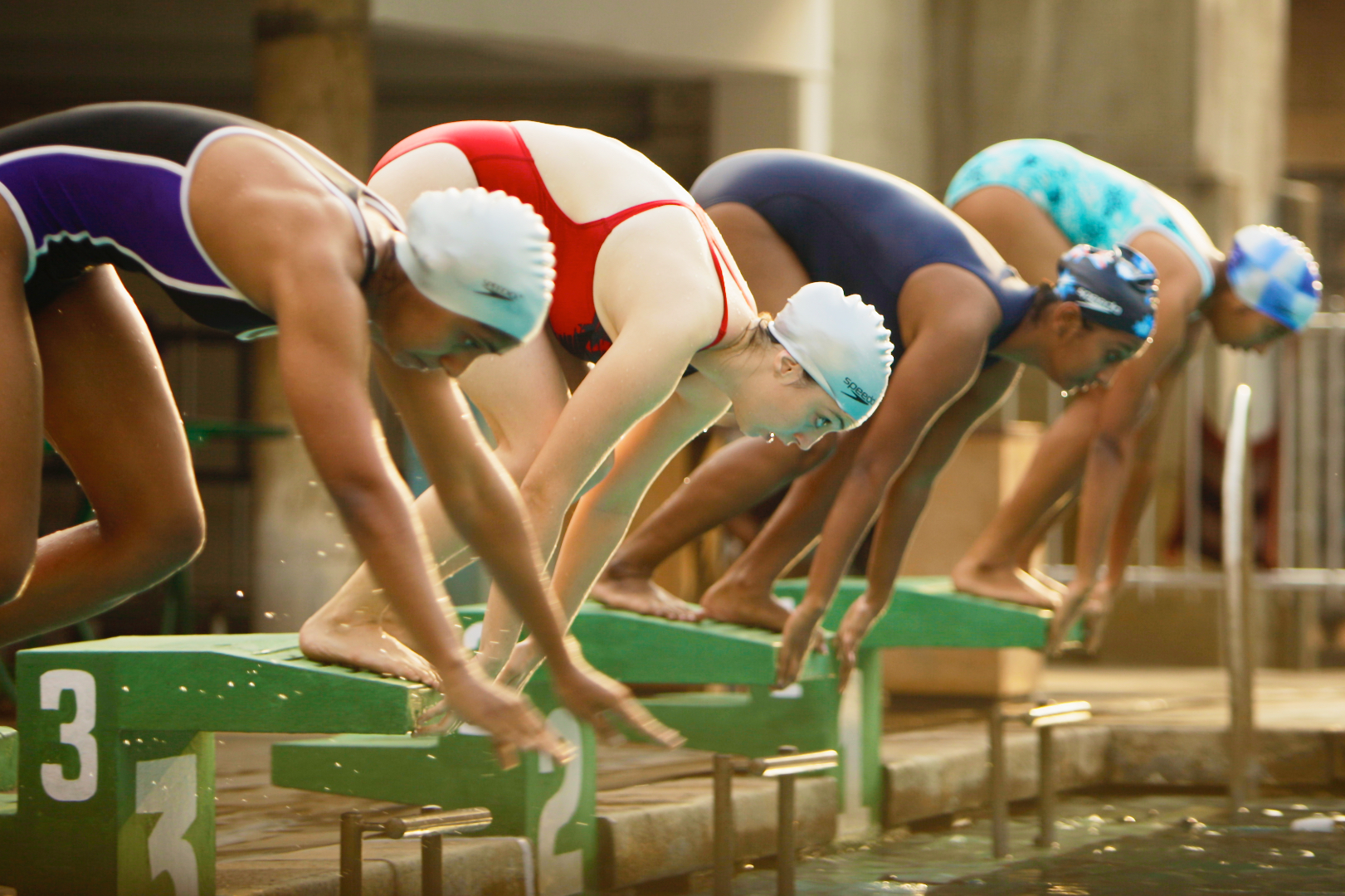
Sri Aurobindo International Centre of Education, an integral part of Sri Aurobindo Ashram, serves as a field for experiment and research in education. For years Sri Aurobindo considered the formation of a new system of education as one of the best means of preparing the future humanity to manifest upon earth a divine consciousness and a divine life. To give a concrete shape to his vision, the Mother opened a school for children on December 2, 1943. Since then, the school has continued to grow and experiment with various educational problems and issues. In 1951, a Convention was held at Pondicherry which resolved to establish an International University Centre in the town as a fitting memorial to Sri Aurobindo. Accordingly, the Sri Aurobindo International University Centre was inaugurated by the Mother on January 6, 1952. In 1959, the Mother decided to rename it the Sri Aurobindo International Centre of Education.
The Centre of Education provides education from kindergarten to college levels of study. Its faculties include Humanities, Sciences, Languages, Engineering Technology, and Physical Education, and it has facilities for learning drawing, painting, handiwork, music and dancing (Indian and Western), dramatics, and arts and crafts. In addition to several libraries and laboratories there are also opportunities for practical and manual work.
As an international centre of education it aspires to represent the cultures of different regions of the world with the ideal that every nation should make a unique contribution to a cultural synthesis, promoting mutual understanding and human unity.

OBJECTIVES AND APPROACH
Sri Aurobindo International Centre of Education (SAICE) strives to evolve a system of integral education in an environment that inspires children to develop the five essential aspects of personality: the physical, the vital, the mental, the psychic, and the spiritual. The Centre encourages its students to choose subjects without regard to specialisation or the pressures of having to choose a career.
Life has a divine purpose and one of the most important tasks of education is to lead the student to discover for himself the aim of life and the specific role that he himself has to play in it. "The new aim is to help the child to develop his intellectual, aesthetic, emotional, moral, spiritual being and his communal life and impulses out of his own temperament and being," says Sri Aurobindo.
The Centre's approach is therefore not merely academic but dynamic. Knowledge is not something that it seeks to impart to students; rather opportunities and carefully selected material are presented to them in such a way as to stimulate them to an inner activity by which they can discover the recognise the knowledge within them.
A child needs to be helped to develop integrally and harmoniously. The Centre seeks to provide the fullest possible development of the physical, a fruitful channeling of the life-energy into pursuits that contribute to the growth of the personality, a thorough training of the mental faculties in the humanities and sciences, and, through a powerful spiritual atmosphere, the conditions for the soul to come forward and gradually begin to govern the rest of the being.
With about 400 students the Centre is relatively small. This ensures that teachers and instructors can pay as much attention to each child as possible. A typical class has only twelve or thirteen students; many classes and other activities have even fewer.
"The aim of education", the Mother wrote, "is not to prepare the individual student to succeed in life and society, but to increase his perfectibility to the utmost." In keeping with this aim, the Centre of Education awards no degrees or diplomas, but attempts to provide an atmosphere where knowledge is sought for the sake of knowledge and for the building up of the character.

COURSES AND SUBJECTS OF STUDY
The academic programme of the Centre of Education consists of eighteen years of study through these levels: kindergarten, primary, lower secondary, higher secondary and the Higher Course. The Higher Course is a three-year undergraduate course in Arts and Sciences; it also offers a five-year course in Engineering Technology.
Subjects include English, French, Sanskrit, Mathematics, Physical Sciences, Life Sciences, Applied Sciences, Computer Science, History, Geography, Indian languages, foreign languages, Music, Dance, Drawing, Painting and Handiwork.
Students come not only from the different states of India but also from abroad. English is the medium of instruction for English, History, and Geography. French is the medium for French, Mathematics, and Science. Various Indian and foreign languages are taught; most students study their mother tongue; and all study Sanskrit which is compulsory till the Higher Course.

Admitted in the Kindergarten at the age of three, the child moves through the following academic sections:
| Name | Level | Ages | Years |
|---|---|---|---|
| Jardin d'Enfant | Kindergarten | 3-6 | 3 years |
| Avenir | Primary | 6-9 | 3 years |
| Progrès | Primary | 9-12 | 3 years |
| En Avant vers la Perfection | Secondary | 12-18 | 6 years |
| Cours Supérieur | College | 18-21 | 3 years |
There is no system of conventional examinations or tests at the Centre of Education. Close observation and continuous assessment of the student are the teacher's primary tools for evaluating progress. The Centre awards no degrees or diplomas. However, when a student successfully completes the Higher Course, a certificate to this effect is given to him, if he requests it.

PHYSICAL EDUCATION
Physical culture occupies a very important place in the life of the Ashram and its Centre of Education. A rational and well-conducted programme that includes athletics, gymnastics, exercises, combative sports, aquatics and field games has been chalked out, and the students participate in these activities every evening. "The basic programme," the Mother spells out, "will be to build a body, beautiful in form, harmonious in posture, supple and agile in its movements, powerful in its activities and resistant in its health and organic function." Contests and tournaments are spread over the year. Individual attention is paid to each student and care is taken to foster an aspiration for a healthy body endowed with beauty, grace, strength and endurance, in the hope of moving towards the goal of physical perfection. The aim of physical education here is not to produce champions or winning athletes, but to train the body and perfect it to become an instrument capable of manifesting on the physical plane a higher consciousness and force.

The Department of Physical Education has a four-lane cinder track, playing fields and courts for football, cricket, hockey, volleyball, basketball and tennis, a swimming pool, and gymnasiums for bodybuilding and gymnastics. There are also facilities for boxing, Indian wrestling, judo, roller-skating, etc. Annual medical check-ups ensure that the students are fit to participate in activities. A separate dining hall, known as Corner House, caters to the growing bodies of the children by supplying healthy and wholesome food. The Department maintains a separate library and regularly receives numerous magazines and periodicals pertaining to health and physical education.